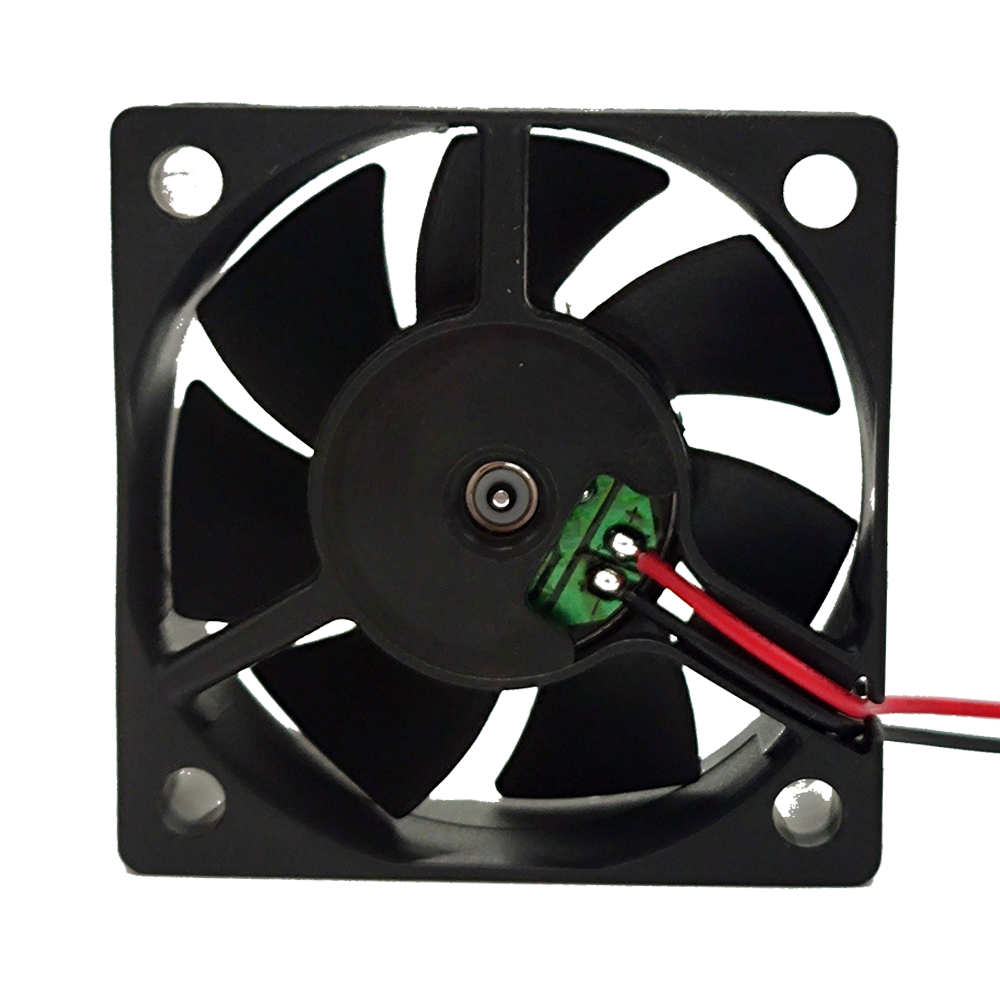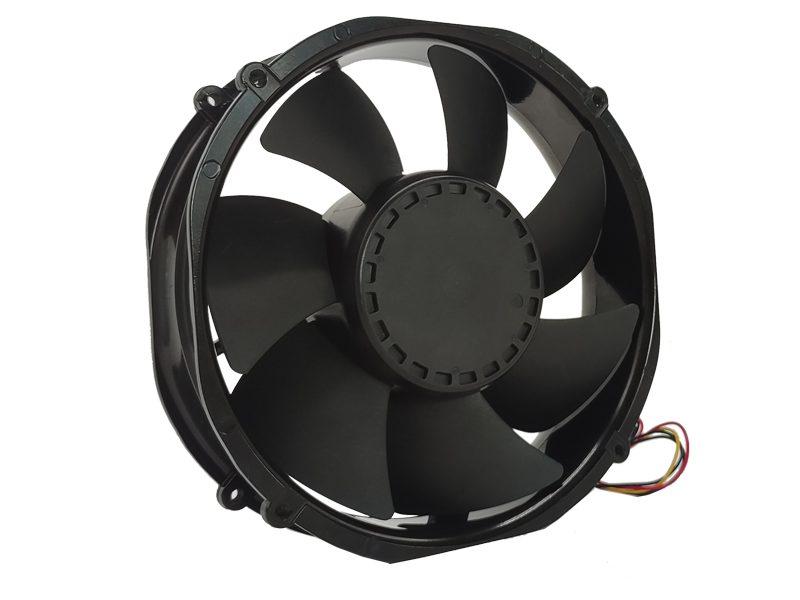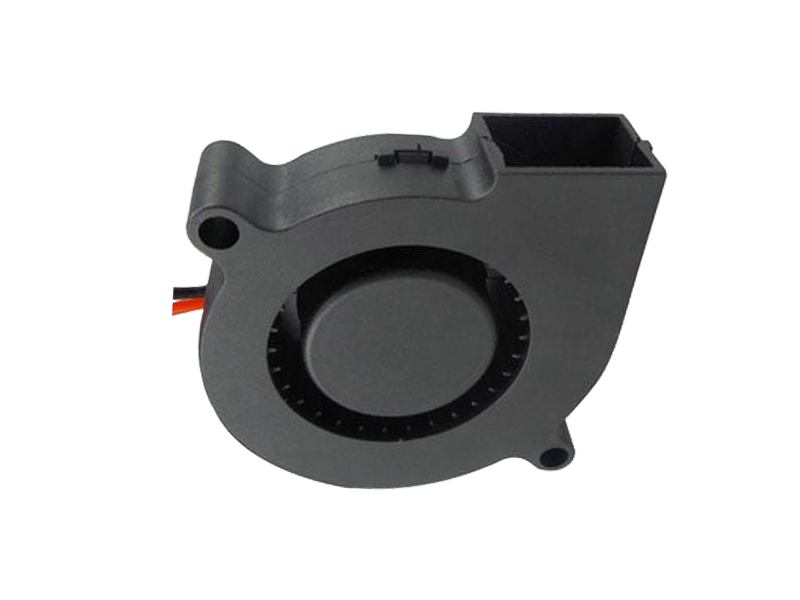As corporations face net-zero deadlines, industrial fans are emerging as unexpected heroes in energy transition strategies. This article explores how radical efficiency gains, renewable integration, and circular design principles are aligning ventilation systems with ESG goals.
1. Ultra-High Efficiency Motors: The 95% Efficiency Frontier
Next-gen motors shatter the 85% efficiency barrier through:
Synchronous Reluctance Assisted PM (SRPM) Technology: Combines rare-earth magnet efficiency with reluctance motor simplicity, achieving IE5 energy ratings.
SiC Power Electronics: Silicon carbide inverters reduce VFD switching losses by 50%, enabling precise speed control down to 1 Hz.
Regenerative Drives: Fans in downhill conveyor systems return 30% of energy to the grid via braking resistance capture.
2. Aerodynamic Friction Reduction: The Invisible Efficiency Gains
Subtle design tweaks yield surprising energy savings:
Dimpled Hubs: Golf-ball-like surface textures reduce turbulent flow separation, cutting parasitic losses by 7%.
Airfoil Strut Design: Elliptical struts replace cylindrical supports, lowering drag by 12% (per strut) in large-diameter fans.
Ceramic Bearings: 0.003 coefficient of friction vs. 0.005 for steel, saving 1.2 kWh/year in 50,000-hour lifespan fans.
3. Solar-Powered Ventilation: Direct Drive Meets PV
Off-grid applications in agriculture and mining now use:
Permanent Magnet Direct Drive (PMDD): Eliminates gearbox losses, allowing solar arrays to directly power fans without battery intermediaries.
Maximum Power Point Tracking (MPPT): Firmware optimizes fan speed to match real-time solar irradiance, maximizing PV utilization.
Energy Storage Integration: Second-life EV batteries provide 4–6 hours of buffer capacity for nighttime operation.
4. Circular Economy: From Cradle-to-Cradle Design
Sustainability extends beyond operation:
Aluminum Recyclability: 95% of fan housings now use recycled alloy, with takeback programs ensuring closed-loop material flows.
Biodegradable Lubricants: Plant-based esters replace mineral oils, reducing toxicity in end-of-life disposal.

Modular Refurbishment Kits: 80% of components are field-replaceable, extending fan life beyond 20 years.
5. Case Study: Steel Mill CO2 Reduction
ArcelorMittal’s Ghent plant cut 12,000 tons/year of CO2 by:
Replacing 20-year-old fans with IE5 motors and optimized impellers, reducing energy demand by 42%.
Integrating waste heat recovery: Exhaust air preheats combustion air, boosting furnace efficiency by 3%.
6. The Road to 100% Renewable Ventilation
Hydrogen fuel cell-powered fans for underground mining and offshore platforms are in prototype testing, offering 48-hour runtime between refueling.
Conclusion: Industrial fans are pivoting from energy consumers to enablers of sustainability transitions. Through radical efficiency gains, renewable integration, and circular design, this overlooked category is poised to help heavy industry achieve 2030 decarbonization targets while delivering 3–5 year payback periods. The quiet revolution in ventilation technology has never been louder.
Recommended Products

The main purpose:Car charging station

The main purpose:Car charging station

The main purpose:Electronic refrigerators, water dispensers, direct drinking machines, inverter power supplies
Address:No. 4137, Longgang Avenue (Henggang Section), Henggang Community, Henggang Street, Longgang District, Shenzhen
hotline:13530005572(Chen)15112579390(Li)


Welcome all friends to come for consultation and negotiation.
Copyright 2024 @ Shenzhen Youneng Xinyuan Electronics Co., Ltd.,(industrial fans,industrial blowers,axial fans,cooling fans manufacturer,centrifugal fans,ac cooling fans,dc cooling fans)